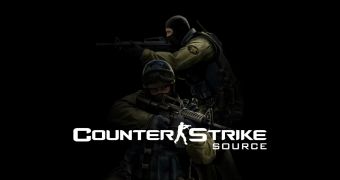A Counter-Strike fan created a map of his old high school in Canada for the shooter and then apparently used it to host a number of matches with former students, which caused the institution to get the police involved and find out whether the map maker had any violent intent.
The map is not publicly available and there are no civilians inside the virtual school who can get killed in the game.
There’s no indication that this is anything more than a chance for a group of gamers to battle around an area that they already know from real life rather than trying to learn an unknown and completely virtual creation.
In many ways the situation is similar to playing a laser tag or paintball match in a familiar real-world location, something that no one would see as threatening.
But video games, ranging from Counter-Strike to Call of Duty and BioShock, are now suspicious and their involvement attracts attention and generates strong reactions even when it should not.
A map, modeled on any real-life landmark that’s accessible to the public, is not a threat.
A video game, even if it claims to be realistic and based on actual military doctrine, remains a virtual experience designed for fun and engagement and not for training meant to help in terrorism or other horrendous acts.
We live in an age where the concept of proof has shifted in unnatural ways, meaning that when video games are accused of causing incidents like that at Sandy Hook, the industry and fans are tasked with proving that they didn’t.
But the burden of proof should fall on those who launch accusations rather than on those who enjoy a hobby that society seems to have deemed a negative influence.
Virtual game maps are never a threat and we should not treat them as such.

 14 DAY TRIAL //
14 DAY TRIAL //